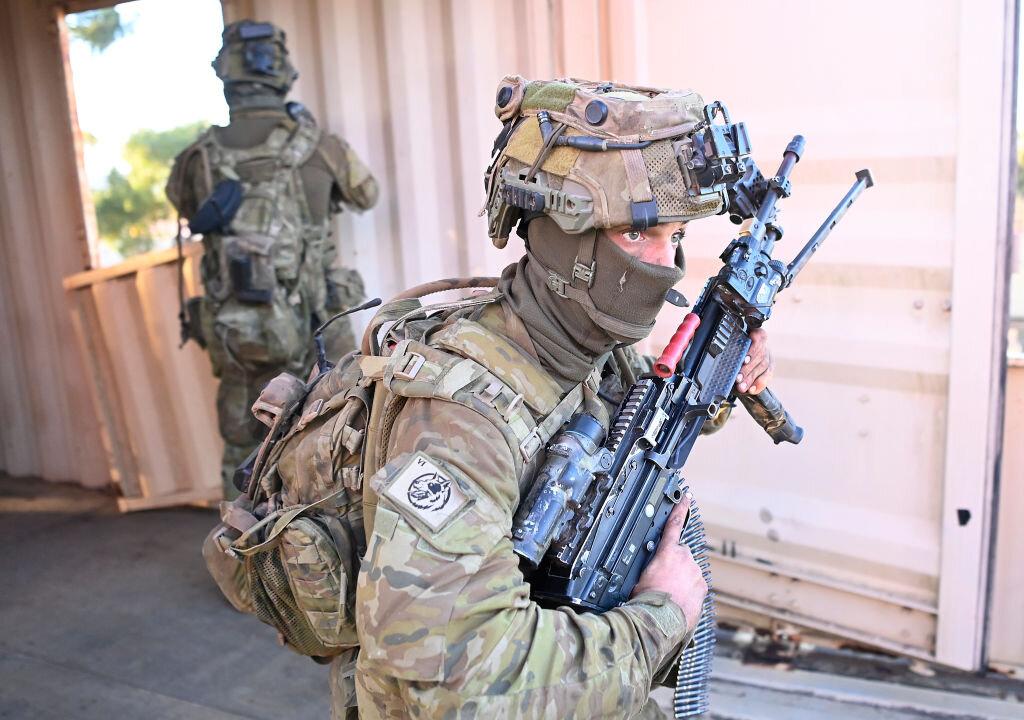An “unprecedented conventional and non-conventional military buildup” in the Indo-Pacific has created a risky environment where “miscalculation is more ominous,” says Australia’s Defence Minister Richard Marles.
These comments have accompanied a new pledge by the Labor government to increase defence spending by an additional $50 billion (US$32 billion) over the next decade.





